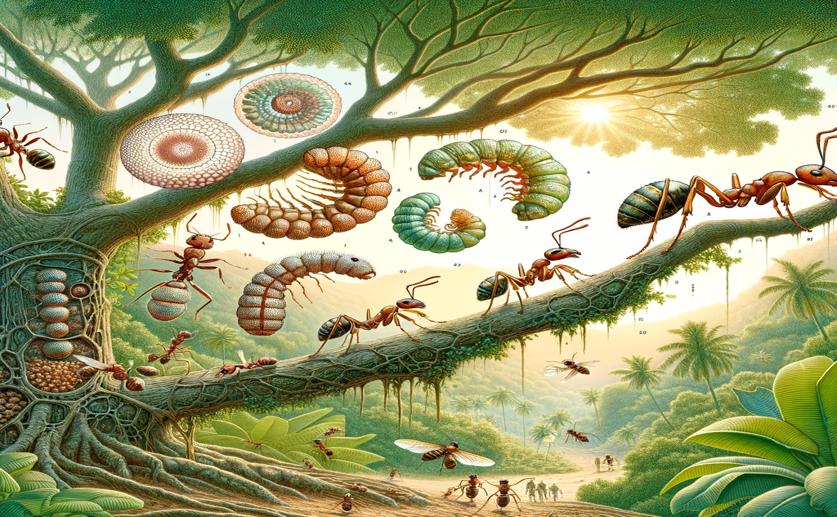
Life History of Tropical Tree-Dwelling Ants
Greg Howard
28th June, 2024

Image Source: Natural Science News, 2024
Key Findings
- The study took place at the Chamela Biological Station in Jalisco, Mexico, focusing on the turtle ant, Cephalotes goniodontus
- Turtle ant colonies can persist at the same nest site for two to six years
- Neighboring colonies can be as close as 16.2 meters apart and may share foraging trails
EcologyAnimal ScienceEvolution
References
Main Study
1) Colony life history of the tropical arboreal ant, Cephalotes goniodontus De Andrade, 1999
Published 27th June, 2024
https://doi.org/10.1007/s00040-024-00974-3
Related Studies
2) Conserved microsatellites in ants enable population genetic and colony pedigree studies across a wide range of species.
3) Polygyny does not explain the superior competitive ability of dominant ant associates in the African ant-plant, Acacia (Vachellia) drepanolobium.
4) Co-occurrence patterns in a diverse arboreal ant community are explained more by competition than habitat requirements.



 17th April, 2024 | Jim Crocker
17th April, 2024 | Jim Crocker